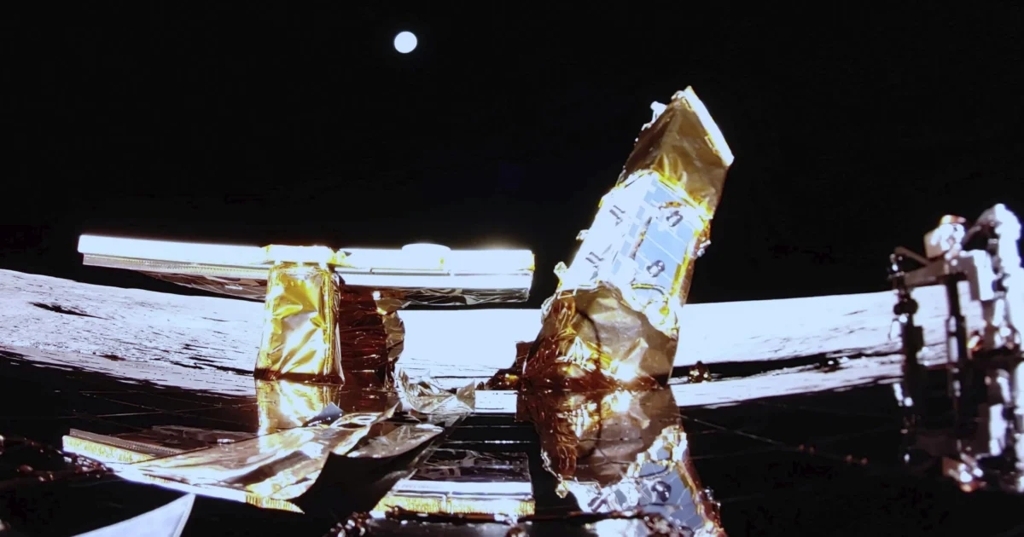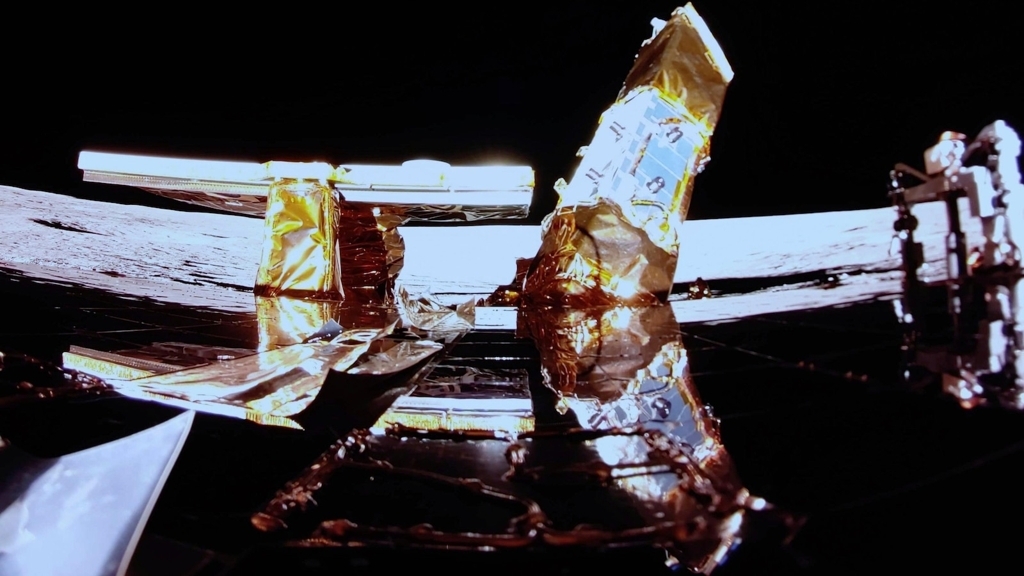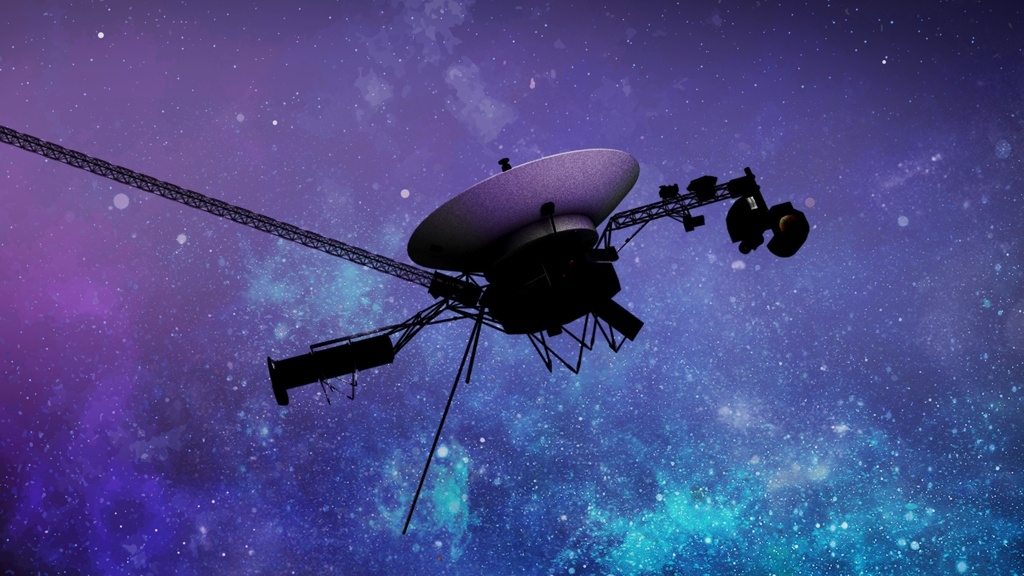Blue Ghost Lands on the Moon Paving the Way for Future Exploration
Firefly Aerospace's Blue Ghost has successfully landed on the moon, marking a significant milestone for private space exploration and NASA's lunar ambitions.

Key Points
- Firefly Aerospace
's Blue Ghost successfully landed on the moon, becoming the first private lunar lander to do so without incident.
- The mission is part of NASA's Commercial Lunar Payload Services
initiative, designed to foster private sector participation in lunar exploration.
- Blue Ghost is equipped with scientific instruments that will collect data and document significant lunar phenomena during its operational period.
In a landmark achievement for commercial spaceflight, Firefly Aerospace's Blue Ghost has successfully landed on the moon, making it the first private lunar lander to complete a successful touch down without incident. This achievement marks a significant milestone not only for Firefly but also for the broader ambitions of NASA's Commercial Lunar Payload Services (CLPS) initiative, which aims to harness the capabilities of private companies to facilitate lunar exploration and pave the way for future human missions to the moon.

The Journey of Blue Ghost
Blue Ghost's journey began on January 15, when it launched aboard a
rocket. After covering a staggering 2.8 million miles, the spacecraft achieved a successful lunar landing on the moon's Earth-facing side, within
's Mons Latreille region, at 8:34 AM GMT. This not only stands as a triumph for Firefly Aerospace—a startup founded a decade ago—but also marks just the second instance of a private U.S. company successfully landing on the lunar surface.
Prior to this event, another Texas-based company,
, attempted to land its lunar lander but faced setbacks when it ended up tipping over. In stark contrast, Blue Ghost landed safely and upright, prompting an eruption of cheers from Firefly's mission control team.
Navigating Lunar Challenges
In achieving this remarkable feat, Blue Ghost relied on advanced navigation systems and in-house developed propulsion systems designed to reduce risk. Firefly's CEO, Jason Kim, emphasized the importance of their expertise in rocketry, stating, “We’re using thrusters designed by the same people that design our rocket engines, which greatly reduces risk”. This approach not only showcases Firefly’s engineering capabilities but also indicates a promising trend of sustainability in space exploration operations.

The Scientific Mission
The mission has substantial scientific objectives, carrying nearly a dozen experiments on behalf of NASA. Noteworthy among these are a lunar soil analyzer, a vacuum for collecting moon dirt, and a drill capable of reaching depths of 10 feet below the surface. The contract for this mission, valued at approximately $101 million, reflects a significant investment in developing technologies that will form the backbone of future lunar exploration endeavors.
NASA's strategy is to keep a steady cadence of lunar landings, aiming for two missions annually in collaboration with various private companies. Nicky Fox, NASA’s top science officer, noted, “It really does open up a whole new way for us to get more science to space and to the moon”. This shift in operational strategy underscores the growing recognition of the potential benefits of engaging private sector innovation in space exploration.

Looking Forward
The successful landing of Blue Ghost is just the beginning of an exciting chapter in lunar exploration. The vehicle is expected to collect data over the next two weeks before the onset of lunar night, documenting phenomena such as a total eclipse and the behavior of lunar dust. This mission will help inform future endeavors, not only for NASA but also for the global community of scientists and engineers invested in exploring the cosmos.
The excitement surrounding this mission is palpable, and it sets a robust precedent for upcoming projects by other private companies such as Intuitive Machines and
, both of which have missions planned to the moon later this year. As we continue to advance our capabilities for exploring other celestial bodies, the collaborative environment fostered by initiatives like CLPS promises to enhance scientific discovery significantly.
In summary, Firefly Aerospace's Blue Ghost has achieved a remarkable milestone that serves as a beacon of progress in the space industry. With ongoing partnerships between NASA and private companies, we are witnessing the dawn of a new era for lunar exploration, bringing us closer to returning astronauts to the moon and beyond.


